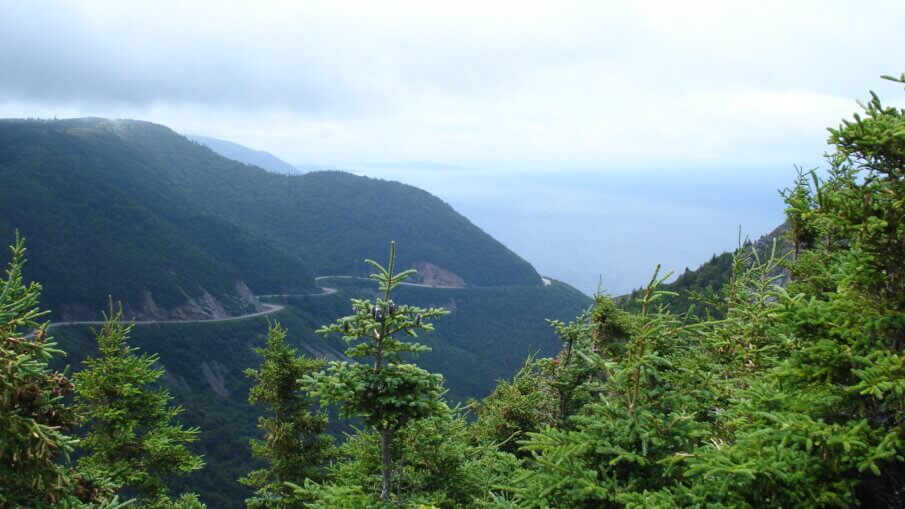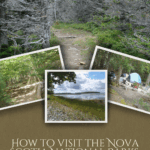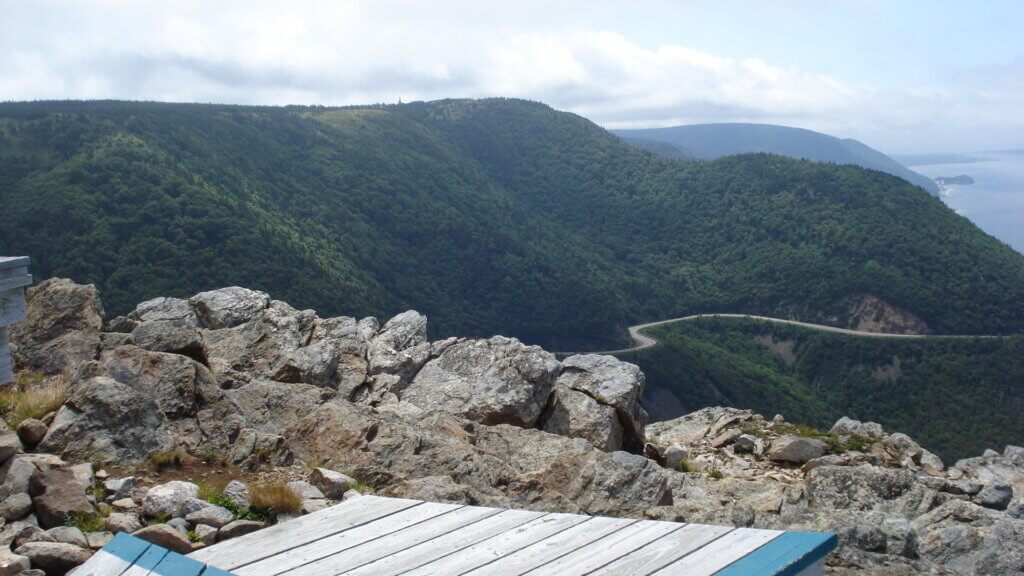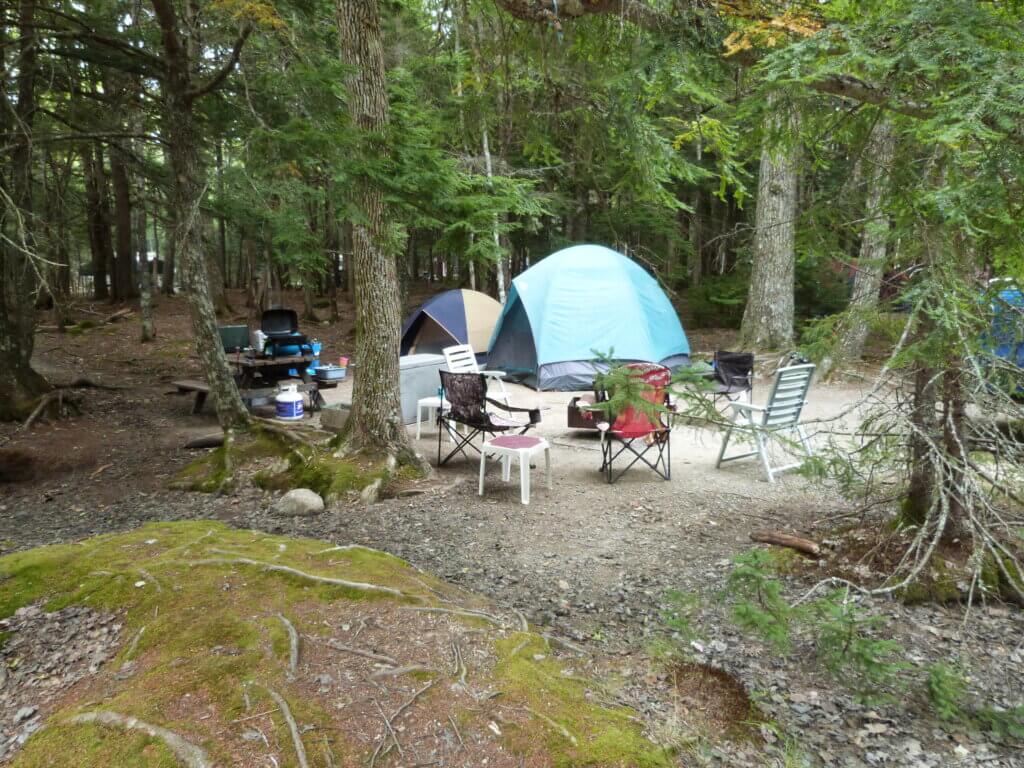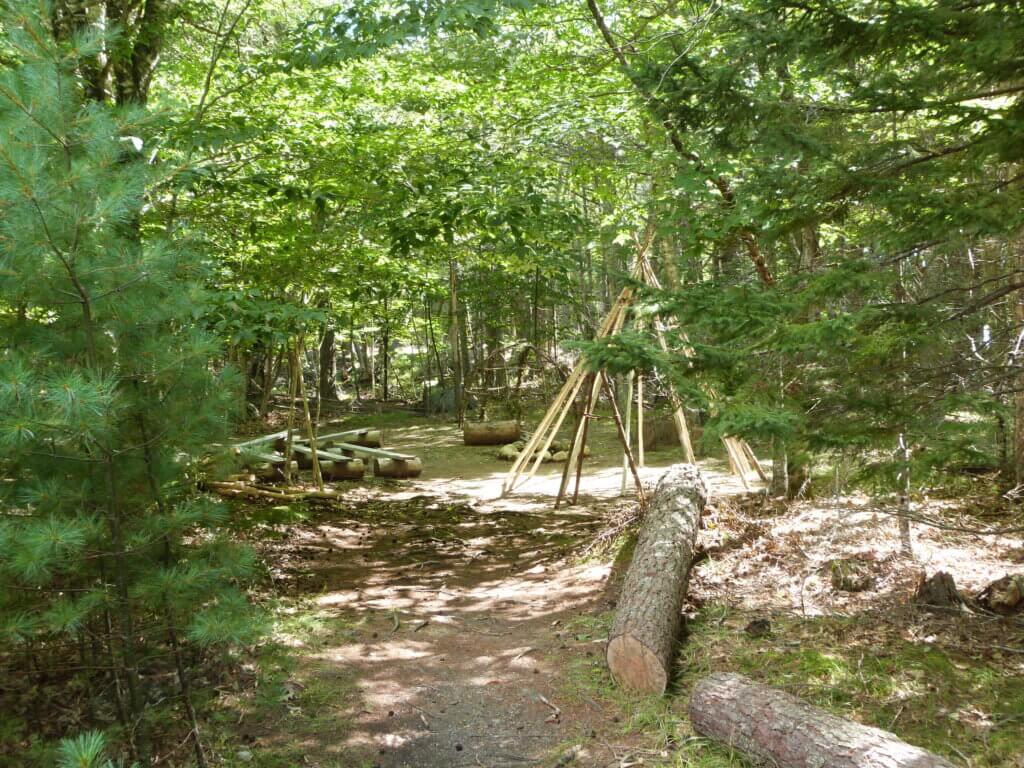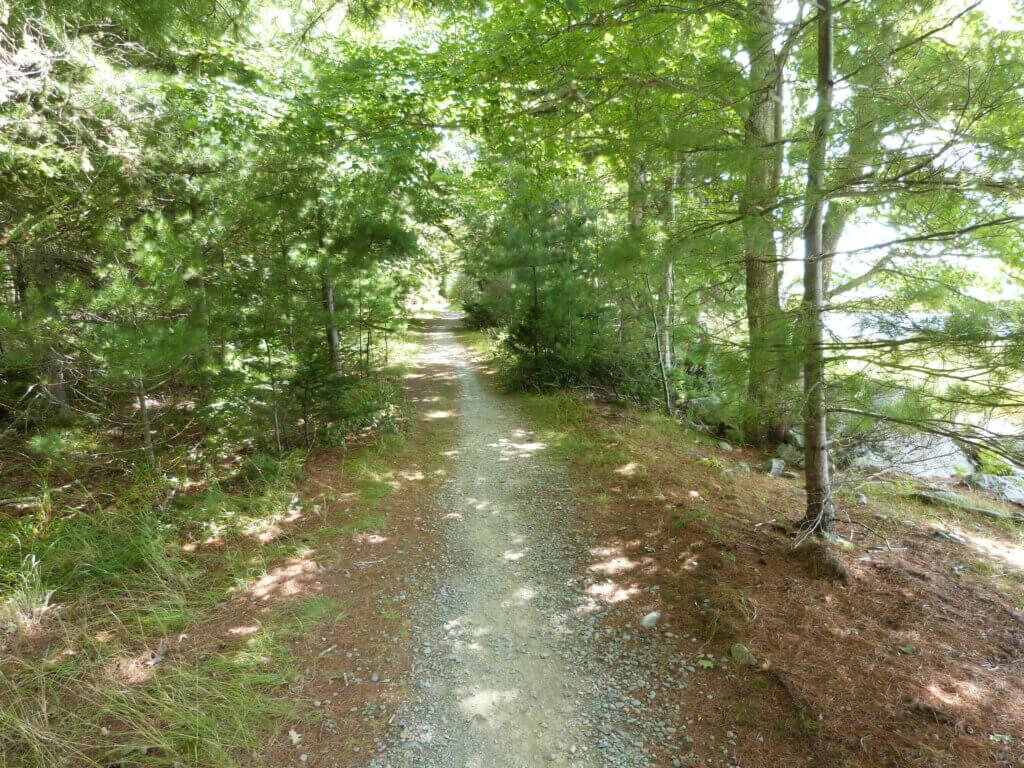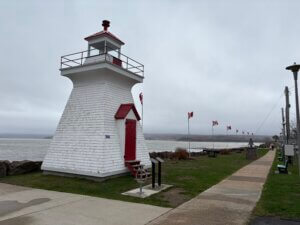When people think about National Parks we tend to focus on the parks in the United States, but that is very shortsighted. There are national parks in every country around the world. In Canada, there are 37 National Parks and 11 National Park reserves, sometimes called provincial parks.
These are all run by Parks Canada and some of the best national parks are located in Atlantic Canada (my opinion because I am originally from there so I may be a bit biased).
So how can you experience these incredible places? This post is going to start by showing you how to explore my home province of Nova Scotia’s National Parks of which there are 3 (though I kind of consider it two, but the official number is 3) and also the National Park reserve known as Sable Island.
How to visit Canada’s national parks
The best way to visit Canada’s national parks is to purchase a Discovery Pass. This gives you unlimited 12 month access to all the national parks, reserves and historic sites across the country. You can purchase them either on arrival at any of the Parks Canada locations or purchase them online (at the time of writing this, it was unavailable because all of Canada’s National Parks were free in 2025, so no pass necessary).
Nova Scotia National Parks
One of the Maritime provinces in eastern Canada, Nova Scotia is known for the highest tides in the world within the Bay of Fundy and it’s world famous scallops. It’s a relatively small province, but has some incredibly beautiful park options.
Cape Breton Highlands National Park
Everyone knows about the famous cabot trail and the spectacular scenery of Cape Breton Highlands National Park. It is the most popular of the 3 parks in Nova Scotia and a big reason people come to visit. The best way to see the park is taking the scenic drive, but make sure to stop at the many trailheads that offer viewing platforms like the most popular trail the Skyline trail and take the loop trail along the boardwalk of the Bog Trail to experience the wetlands.
For a full rundown check out my post on the best road trip along the Cabot Trail.
Kejimkujik National Park and National Historic Site
Growing up Keji (as it is lovingly called) was somewhere my family went camping every year. Located on mainland Nova Scotia there is a lot of indigenous history and incredible wildlife like black bears and white-tailed deer, here. There are opportunities for camping, hiking, paddling, and exploring the Mi’kmaq petroglyphs and other cultural sites while visiting.
One popular activity is visiting and experiencing the dark sky preserve. Considered the location of Nova Scotia’s darkest sky and brightest stars, they recommend using only red light to get the full visual effect if you need lights. They also offer both guided and self-guided experiences with night hikes and campfire programs available for all ages.
Kejimkujik National Park Seaside
Keji not only has an inland section (which I just talked about above), it also has a seaside location and is separate but part of the main national park and national historic site. Located 93km from the main inland section, the seaside park follows along the Atlantic coast and is considered a day-use park, with camping available in the nearby Thomas Raddall Provincial Park. Admission is free.
There are two trails within the park, the Harbour Rocks trail, an easy 2.8km one way trail and the Port Joli Head trail, a difficult 4.4km loop trail. The park is dog friendly, but they must remain on a leash. To plan your visit check out the Kejimkujik National Park Seaside website.
Sable Island National Park Reserve
This place is a world unto its own and a definite bucket list destination. It is considered part of Nova Scotia, however, it is a small island in the Atlantic Ocean that is 42km long and 1.3km at its widest point or 34 square kilometres. It is best known for its wild horses and abundant wildlife. It is also called the “Graveyard of the Atlantic” because there have been more than 350 shipwrecks off its shores.
There are several ways to get to the island, though most is either by air or by sea. As it is important to consider the impacts of visiting such places, I would recommend going by chartered vessel, which would be Sable Island Adventures, the only chartered vessel that will take you there. You can also get permission from Parks Canada to bring your own private boat, but that only increases the footprint on the landscape, if everyone shows up with their own boats.
Overnight stays are not permitted, there is no camping. The area is strictly monitored and day use is the only permitted method to visit. If you travel via chartered vessel, expect to sleep aboard the vessel.
Concluding Thoughts
For a small province, Nova Scotia has a lot to offer, including some incredible nature and wildlife. These national parks are a must visit if you are looking to immerse yourself in the maritime wilderness and when you are ready, head to New Brunswick to get the full experience of Fundy National Park.
*This post contains affiliate links, if you click a link and make a purchase I receive a small commission
